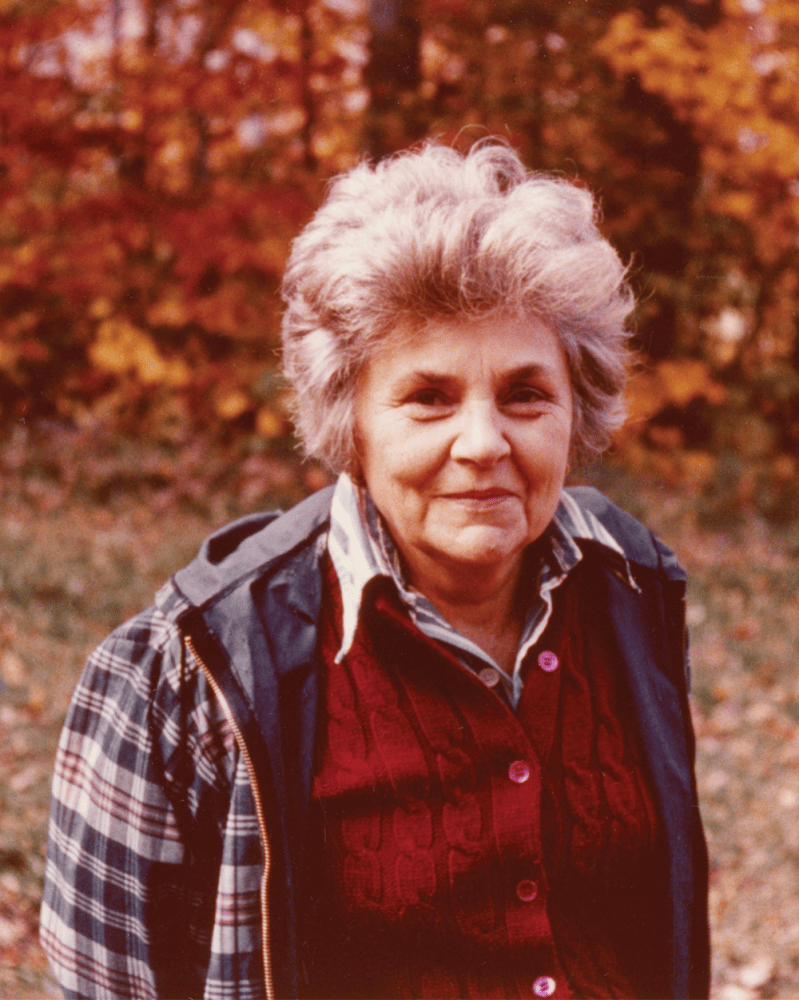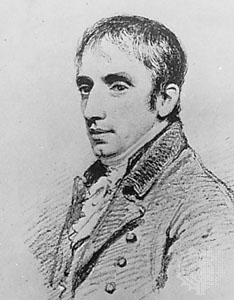For the last few months, I’ve been thinking a lot about the hard work poetry demands. For years I was shackled to the idea that all a poet needs is inspiration; that temperament and devotion were beside the point. But while inspiration certainly helps (I love the moment something unexpected wanders in), I’ve come to think that that staying power, persistence, is far more important still: that this is where the real work of poetry is done. It’s the work that takes a poem from an idea – a few good lines, a form, a rhythm, a killer phrase – to an achievement: something less current, more lasting. And that thinking has been shaped by two great poets in particular: William Wordsworth (1770–1850), now as famous as the daffodils he wrote about, and Elizabeth Bishop (1911–1979), best known for her pained villanelle ‘One Art’ and her much anthologized poem ‘The Fish’.

At a glance, the two of them couldn’t be more different, especially in the ways they’re read and discussed today. Wordsworth is one of the absolute cornerstones of English poetry, locked into ‘the canon’, whereas Bishop (often neglected in her own lifetime) enjoys a growing reputation as a modern outsider. Gay, ironical, suspicious, she lived for a considerable stretch of time in Brazil, where she had fallen hard in love with the architect Lota de Macedo Soares, and has increasingly been seen as a quiet subversive, at odds with the blokey poetic mainstream of Robert Lowell, John Berryman, and others.
There is truth to all that – on both sides. At its worst, Wordsworth’s poetry – which he often associated with a river carving its way through the landscape, babbling, shifting – can be turgid, especially after his collected Poems (1815): weighed down by his semicolons and rattling subclauses. Some of the best moments in Bishop, by contrast, really do turn on her unique vantage and studied detachment. (She was was once introduced at a poetry reading as having a ‘famous eye’ for detail; taking the stage, she replied with characteristic wryness, ‘The famous eye will now put on her glasses’.) But since spending time with each of them – writing a long essay about Bishop, editing a new Selected Poems of Wordsworth – I’ve come to feel that they have far more in common than their reputations suggest. Both poets were essentially orphans from a young age. Both returned time and again to a landscape first known and loved in childhood. Both later forged security for themselves at a considerable remove from the literary world: Bishop in Brazil, Wordsworth in Grasmere. Above all, both were deeply patient poets.
Bishop pinned her unfinished work to a corkboard above her desk, often waiting years – and sometimes decades – for a poem to strike the right note, to be finished; her haunting bus-journey poem ‘The Moose’, for instance, took about twenty-five years from its first draft to publication in her book Geography III (1976). Wordsworth too was a tireless reviser, coming back and back again to poems and memories, turning them in new light: the focus on childhood and adolescence in The Prelude (1805) is the most famous example, but the same method lay behind nearly all his greatest poems. Moreover, both were committed to sailing their poetry as near to everyday speech as possible; to presenting a plain surface, beneath which lay a lifetime’s mastery of English verse. (Bishop’s poems tend to look like free verse, but she was fanatical about form: many students at Harvard who took her poetry class were horrified to be asked to write strictly rhymed ballads; and the longer one looks at her poems, the more their hidden workings start to appear.)

The result is that both poets can seem effortless, as if ‘just’ writing down what happened to them – but nothing could be further from the truth. (It’s a method shared by two other Wordsworthian poets of the later twentieth century, both exceptional formalists: Philip Larkin and Seamus Heaney.) Wordsworth’s statement in the preface to Lyrical Ballads that ‘all good poetry is the spontaneous overflow of powerful feeling’ is often quoted, but the sentence which follows it, in which Wordsworth reminds the reader that ‘our continued influxes of feeling are directed and modified by our thoughts’, is less well known – as is an 1827 letter in which he wrote, ‘the logical faculty has infinitely more to do with poetry than the young and the inexperienced, whether writer or critic, ever dreams of.’ Despite his championing of feeling in poetry, Wordsworth knew that inspiration alone was not enough: he worked relentlessly at his poems, like a blacksmith hammering and hammering away, cooling the hot metal into burnished steel.
In an age in which writers of all kinds are urged toward speed – collections of poetry today are almost always ‘urgent’, ‘timely’, ‘relevant’ – I find Wordsworth and Bishop incredibly steadying for this very reason. If I had to risk my own creative maxim, I’d say poetry like theirs – great, hard-won poetry – is timeless. That it strides the blast of trend and place. That it takes in what it needs, and does so in its own time. In short, that it’s made to last.









